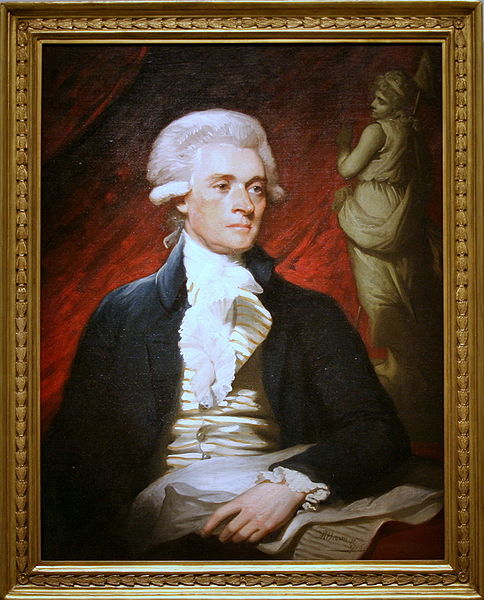Autism spectrum disorder (ASD) seems like a modern disorder, especially since it was only named and defined in the 20th century. But because there is no identified cause, nothing to indicate that it is caused by 20th century life, we can assume that cases all along the autism spectrum existed throughout history.
Keep in mind ASD is a spectrum, which means people with ASD don’t all have exactly the same symptoms or behaviors. That makes it difficult to diagnose. Another difficulty with diagnosis is that symptoms of ASD generally become apparent in early childhood.
The practice of using current medical knowledge to identify medical conditions in historical figures is known as retrospective diagnosis. Diagnosing any form of autism in historical figures is much more difficult than other disorders because we rarely have records from early childhood, either because no records were kept, or because they have been lost. That means the farther back in history that we look, the more difficult it is to determine that someone had ASD rather than plain old adult eccentricities and peculiarities.
As we now know, the behaviors of those with ASD are dependent upon where they are placed along the spectrum. My belief is that ASD did exist throughout history, but was lumped in with mental disabilities. Then, as now, behavior that was anything other than “normal” was not easily accepted. I’m sure some ended up institutionalized, while some were cared for by their families and communities. But a lot of them were undoubtedly just ordinary folks who did not end up in our history books.
While reading about this, I found a lot of websites that list historical figures who may have landed somewhere on the autism spectrum. These lists generally include Albert Einstein, Lewis Carroll, Wolfgang Amadeus Mozart, Sir Isaac Newton and Marie Curie. I was surprised that they also include the third president of these United States, Thomas Jefferson (1743-1826).

Oil on canvas painting of Thomas Jefferson. Painter: Mather Brown. Photographer: cliff1066 via Wikimedia Commons
This retrospective diagnosis didn’t fit what I remember learning about him. I mean, the man was a politician, minister to France, secretary of state, vice president and president. To me, that does not fit with the social difficulties faced by most people with ASD.
The book Diagnosing Jefferson: Evidence of a Condition That Guided His Beliefs, Behavior, and Personal Associations, written by Norm Ledgin and published in 2000, claims that Jefferson’s behaviors were consistent with ASD. Hence the addition of Jefferson to lists of historical figures with ASD. I haven’t read the book, but what I have read time and time again is that ASD can only be diagnosed in person.
It is entirely possible that Jefferson was somewhere on the ASD spectrum. It’s also possible that he was just a little different from the norm in some ways. I have read that many people diagnosed with ASD find inspiration in the belief that Jefferson had ASD. So where’s the harm? This conclusion is just one interpretation of historical documents.
In my view, the harm is that this retrospective diagnosis is presented across the internet as fact, when it may or may not be true. And that says more about us than it does about Jefferson.
